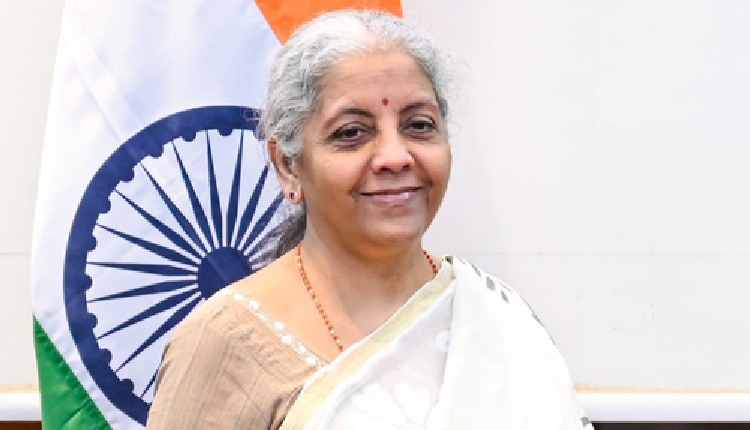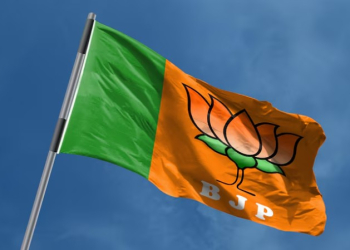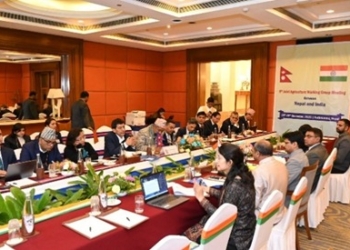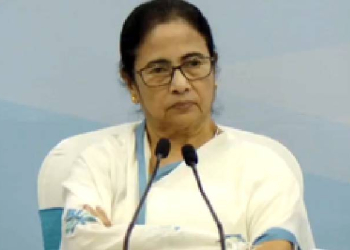New Delhi: The Narendra Modi government has resolved the execution challenges that plagued the UPA government by implementing technology-based targeting and monitoring mechanisms, according to the ‘White Paper’ on the Economy tabled in the Parliament on Thursday.
The government used technology as a vehicle of social empowerment and unlocked the potential of JAM Trinity — Jan Dhan, Aadhaar and Mobile, said the document tabled by Union Finance Minister Nirmala Sitharaman in Parliament.
“The government took the issue of leakages very seriously, and the first variety of JAM-PAHAL scheme of transferring LPG subsidies via Direct Benefit Transfer (DBT) reduced leakages by 24 per cent,” it read.
It said that the government’s commitment to the ideal of “reaching the last mile” with the utilisation of Aadhaar has facilitated the transfer of over Rs 34 lakh crore to more than 1,167 crore beneficiaries under DBT.
“The ubiquity of user-friendly dashboards and management information systems (MIS) across major schemes has instilled transparency and accountability through real-time monitoring.
“For example, geo-tagging of assets under MGNREGS, PM-AWAS Yojana, etc. has enabled real-time monitoring and transparency in the implementation of big-ticket programmes. Our government’s transformative and decisive approach culminated in a much better track record of programme delivery than its predecessor. India’s current digital public infrastructure (DPI) landscape is currently expanding beyond the JAM trinity (Jan Dhan, Aadhar, Mobile) with properties such as Ayushman Bharat Health Account (ABHA), DigiLocker 2.0, Open Network for Digital Commerce (ONDC), Account Aggregator (AA) and Digital Infrastructure for Knowledge Sharing (Diksha), among others. India’s DPI has expanded beyond Aadhaar and unified payments interface (UPI), creating impact across sectors, including e-commerce, gaming, fintech, banking and MSMEs.”
(IANS)
















